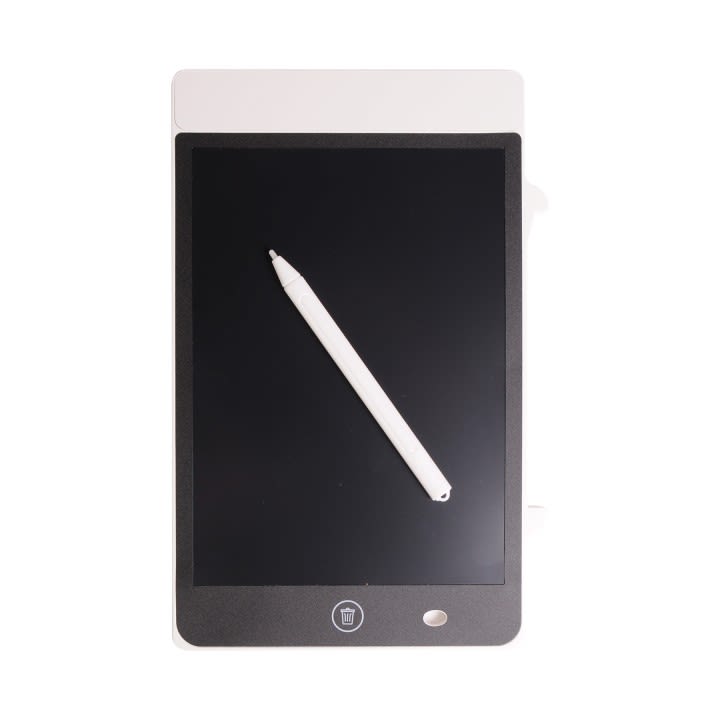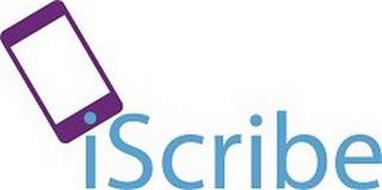
You may not be aware of the camping options available in that area, however, or of equally cheap alternatives such as hostels, bed and breakfasts, or other accommodations. To make it more fun, you decide to go to an area where you’ve never been before. To do it cheaply, you decide to go hiking and camping. For example, you may decide you need to get away and take a long weekend. This is especially true for infrequent needs or purchases. Sometimes you can identify a need, but have no idea of the kinds of products that may fill it. And because your budget is limited, you want to minimize your opportunity cost and buyer’s remorse or regret at not making a better purchase in order to use your limited income most efficiently. If your purchase is inappropriate for your need, you will not be happy with it, no matter how good it is. The more specifically you can define that need, the more accurately you can identify something to fill it. What do you want? What do you want it to do for you? What do you want to gain by having it or using it or wearing it or eating it or playing with it or…? You buy things hoping to solve a need in your life.

Other purchases involve more decisions because they are made less often and involve costlier items such as a car. Some of your purchases involve few conscious decisions-for example, groceries-because you buy them repeatedly and often. Or you may find lower prices online but have a harder time getting repairs done if you haven’t bought locally. For example, it may be more convenient-and quicker-to shop locally, but there may be lower prices and a better selection of products online.
8.1 ISCRIBE TRINKETS HOW TO
Your choices of what, where, when, and even how to buy will affect the amount that you spend and the utility (the joy or regret) that you ultimately get out of your purchase. Purchasing decisions are always limited by the income available, and that means making choices. With the budget to help you put expenses into perspective, you can make better purchasing decisions. That money may be better used to finance a bigger ticket item that you then would not have to finance with debt. Stopping for a latte on your way to work or school every day ($3.95) adds up to $20 per week, or about $1,000 per year. Ideally, you would want to have a cushion to tide you over until you can adjust your spending to fit your income.Ī budget can also show you just how fast some “small luxuries” can add up. At times, you may have unexpected changes (loss of a job or change in the family) that put your nondiscretionary needs temporarily beyond your means. By making an operating budget, you can plan to consume and to finance your consumption without creating extra costs of borrowing. Those very personal tastes will frame your spending choices.Ĭonsumer purchases should fit into your budget. Or maybe you spend whatever you can on travel or on your passion for hiking. Maybe you take pride in your car or your clothes or your kitchen appliances or your latest, coolest whatever. Your spending decisions reflect your priorities.

They are an expression and a reflection of you, your tastes, and your lifestyle choices. They are the purchases that most intimately frame your life: you live with these items and use them every day. Identify common consumer scams, strategies, and remedies.Ĭonsumer purchases refer to items used in daily living (e.g., clothing, food, electronics, appliances).Discuss the advantages of consumer strategies using branding, timing, and transaction costs.Analyze financing choices and discuss their impact on purchasing decisions.Compare and contrast features of different consumer markets.Demonstrate the use of product-attribute scoring in identifying the product.

Trace the prepurchase, purchase, and postpurchase steps in consumer purchases.


 0 kommentar(er)
0 kommentar(er)
